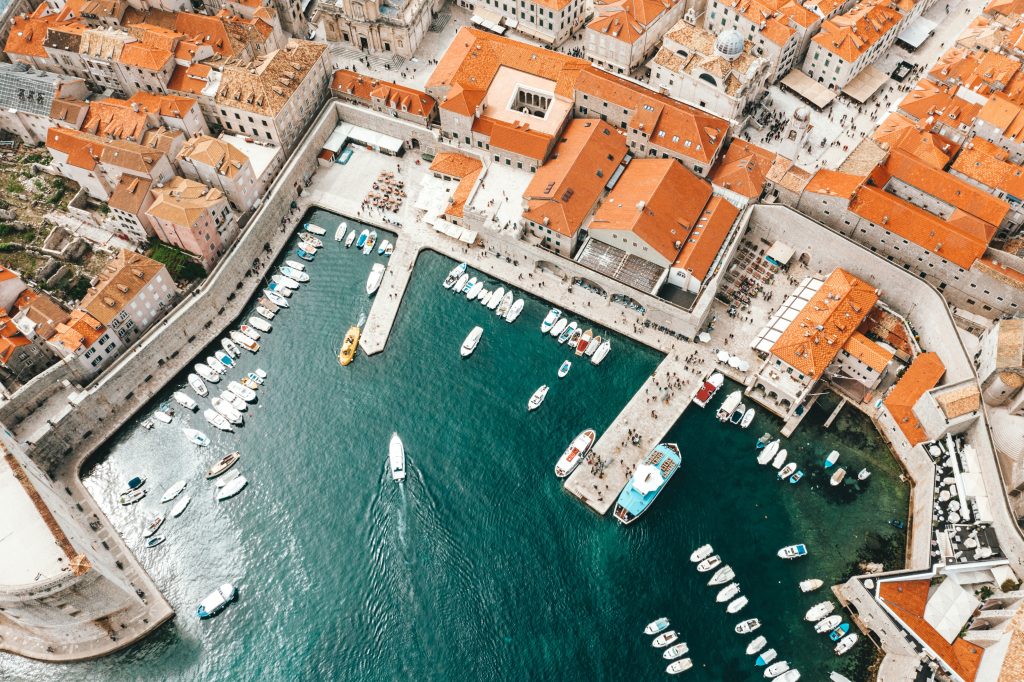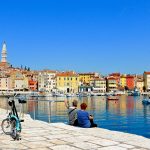December the 14th, 2023 – With Greece and other competitive countries in the Mediterranean on the rise again, is the constant increase in prices in Croatian tourism creating a rod for the country’s own back?
As Poslovni Dnevnik/Jadranka Dozan/Mladen Miletic writes, over more recent years, Croatian tourism and the entire country as a top tourist destination has surpassed its competitors in attracting foreign tourists at the level of exclusive accommodation. The reasons for this aren’t hard to come by – it’s all down to the relatively high seasonality Croatia experiences, a heavily enriched tourist offer, and, last but by no means least, lower average prices compared to the competition.
One of the key factors was the fact that during the period of the global coronavirus pandemic, Croatia skilfully used its geographical position within Europe, as well as other advantages, which achieved better results compared to the competition, which suffered as a result during those years.
However, with the end of the pandemic-dominated years and stabilisation, the recovery of the global market brought more benefits to the competition, while Croatia as a destination slowed down its growth. During the current season, Croatian tourism actually achieved slightly worse sales results when compared to other Mediterranean countries.
According to Josip Stulić, director of Awaze’s operations for southern European markets, the available statistical data indicates that in the organisation of domestic Awaze member companies (Novasol, Croatia Luxury Rent, MyIstria and My Istria Home) as many as 90% of arrivals were at the level of total achievement. On top of that, over 95% of overnight stays were realised by tourists coming from other European countries.
The majority of visitors making up the numbers for Croatian tourism come from neighbouring and several other countries such as Slovenia, Austria, Germany, Italy, the Czech Republic, Switzerland and the Benelux countries.
There are very few Croats pumping up the figures for Croatian tourism…
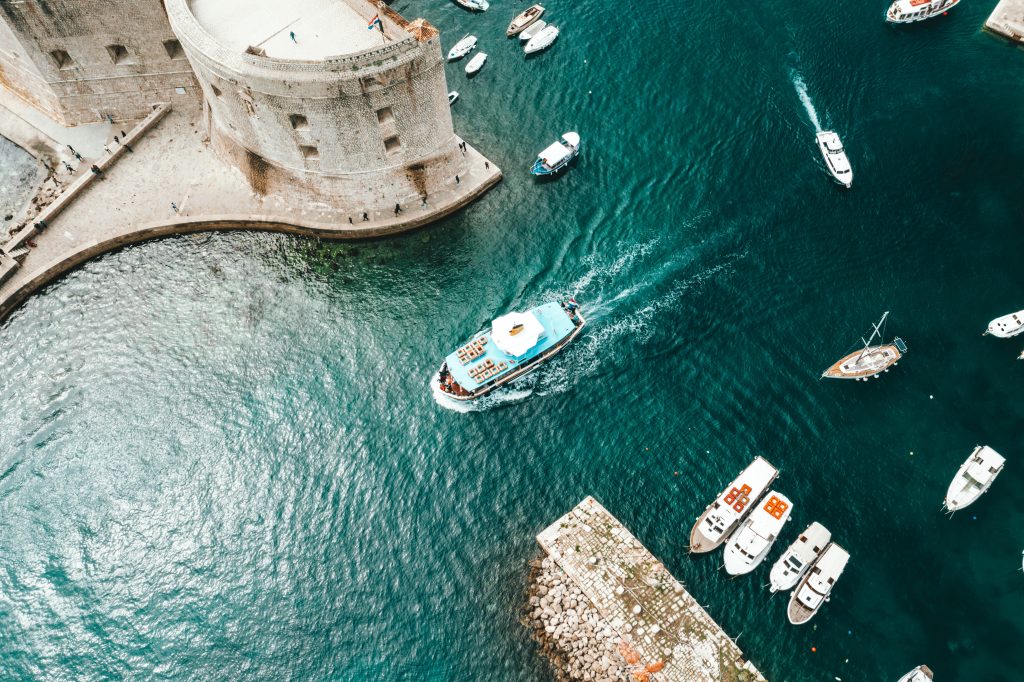
A stagnation of sorts when it came to production at the level of Croatian luxury accommodation was recorded based on the analysis of production in the period between June and September 2023. This was done in comparison with competing Mediterranean destinations such as Spain, Portugal, Greece and Italy.
Stulić emphasised that all analysed Mediterranean destinations, including the Republic of Croatia, experienced a certain increase in comparison to 2022.
“Among these destinations, Greece recorded the highest growth with an increase of 8% in terms of the total number of arrivals and rental of luxury accommodation units. Italy ranked second with 4.7% growth, while Portugal and Spain came in third and fourth place respectively with 4.1% and 2.8% growth. In that same period, Croatia achieved growth of 1.4%. When looking at the total distribution of arrivals by individual markets, Croatia is near the top with a share of 93% of foreign guest arrivals, while the remaining 7% were domestic visitors.
In this segment, Italy accounted for 45% of domestic and 55% of foreign guests. The leading position in the share of domestic visitors was held by Spain with a high 48%, while Greece is closest to Croatia in terms of the percentage of foreign visitors – recording 89%. Portugal achieved 70% of foreign arrivals in the total sales share”, explained Stulić.
The aforementioned sales results indicate a slowdown in the growth of domestic production, both at the level of luxury accommodation and at the level of the overall tourist results. The reasons should be found in the fact that competitive markets have now recovered after the pandemic, as well as that sales policies have made them significantly more competitive and favourable. On the other hand, in the context of prices, Croatian tourism significantly raised the conditions that were also reflected in the overall result.
Croatia needs to make some corrections
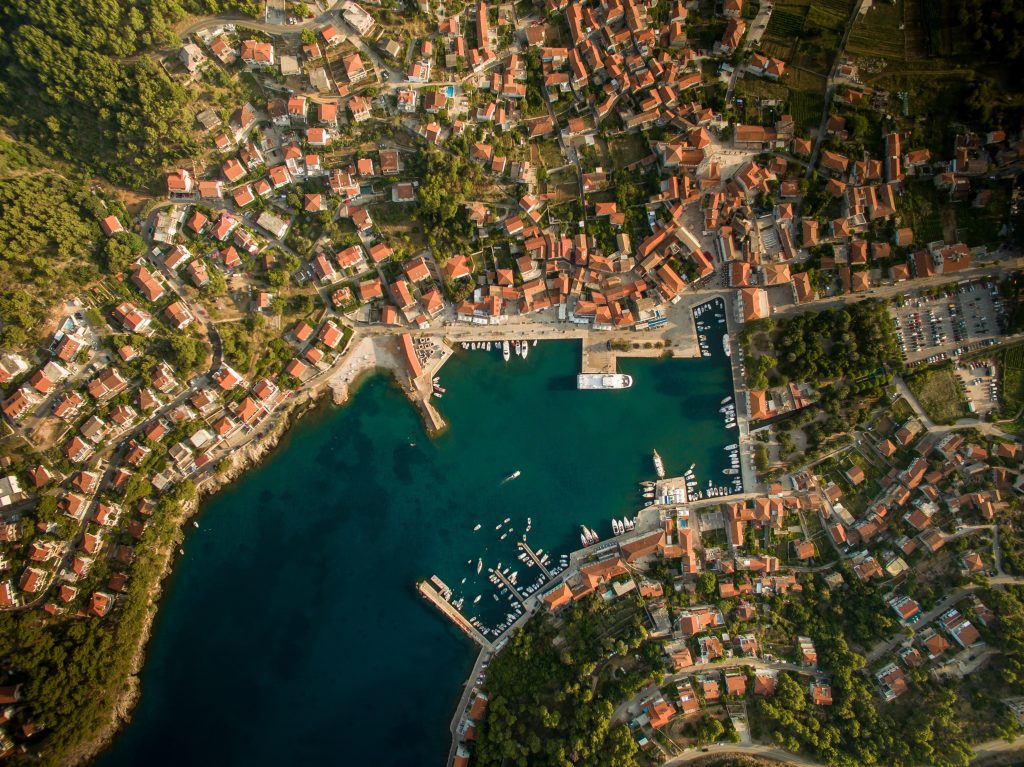
“An additional aggravating circumstance is that all four competing destinations have a significantly larger number of accommodation capacities, so the overall result, (meaning Croatia’s lagging behind in terms of results) is even more pronounced. According to the current situation at the geopolitical level, Croatia should once again experience growth in achievements next season,” underlines Josip Stulić.
“There’s no lack of optimism within Croatian tourism, but it should also be emphasised that we have certain problems that aren’t leaning much in our favour. If Croatia fails to correct these conditions and stabilise the currently rather rampant prices by the time the next summer season arrives, it’s to be expected that the negative trend could be reflected in the upcoming season, as well as the season after that.
Such an outcome would bring major problems and condition a multi-year process of recovery and re-establishment of confidence in the market. What needs to come first is the elimination of the he perception of this country as an overpriced destination, i.e. a destination that doesn’t provide enough to justify the kind of price the guest is paying,” concluded Stulić.
Be that as it may, consumer prices in Croatia both this year and last year in total grew more than the EU average, it also surpassed those of most of its competing countries when it comes to tourism. If the data for the Restaurant and Hotel category alone is observed, after a 4.5% increase in 2021, prices rose by around 17% last year, and at the end of October this year, compared to the same month last year, they were 12% higher.
A jump in fiscalisation…
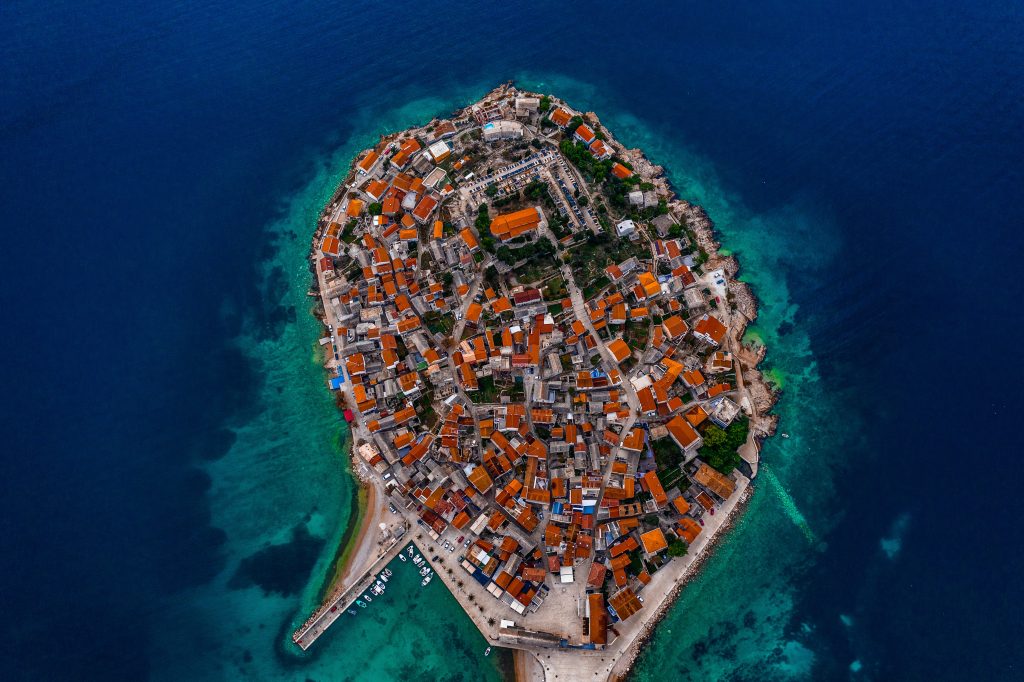
At the same time, the prices of accommodation rose somewhat more quickly than those of hospitality services (5.6 vs. 4.4%), and last year, it was the other way around: on average, prices rose more in hospitality (17.4%) than they did in accommodation (15.7 %).
Data from the Tax Administration on consumption measured by fiscalised sales also reveals something about the rise in prices. In the first eleven months of 2023, enterprises engaged in the business of providing accommodation issued 5.8% more invoices/bills than they did back during the same period last year, and their value was higher by 25.6%.
At the same time, 6.5% more invoices/bills paid by both cards and cash were issued by the end of November in cafes, restaurants and other forms of food and beverage preparation/service establishments. At the same time, fiscalised turnover with an increase of 23% was recorded compared to the first eleven months of 2022.

